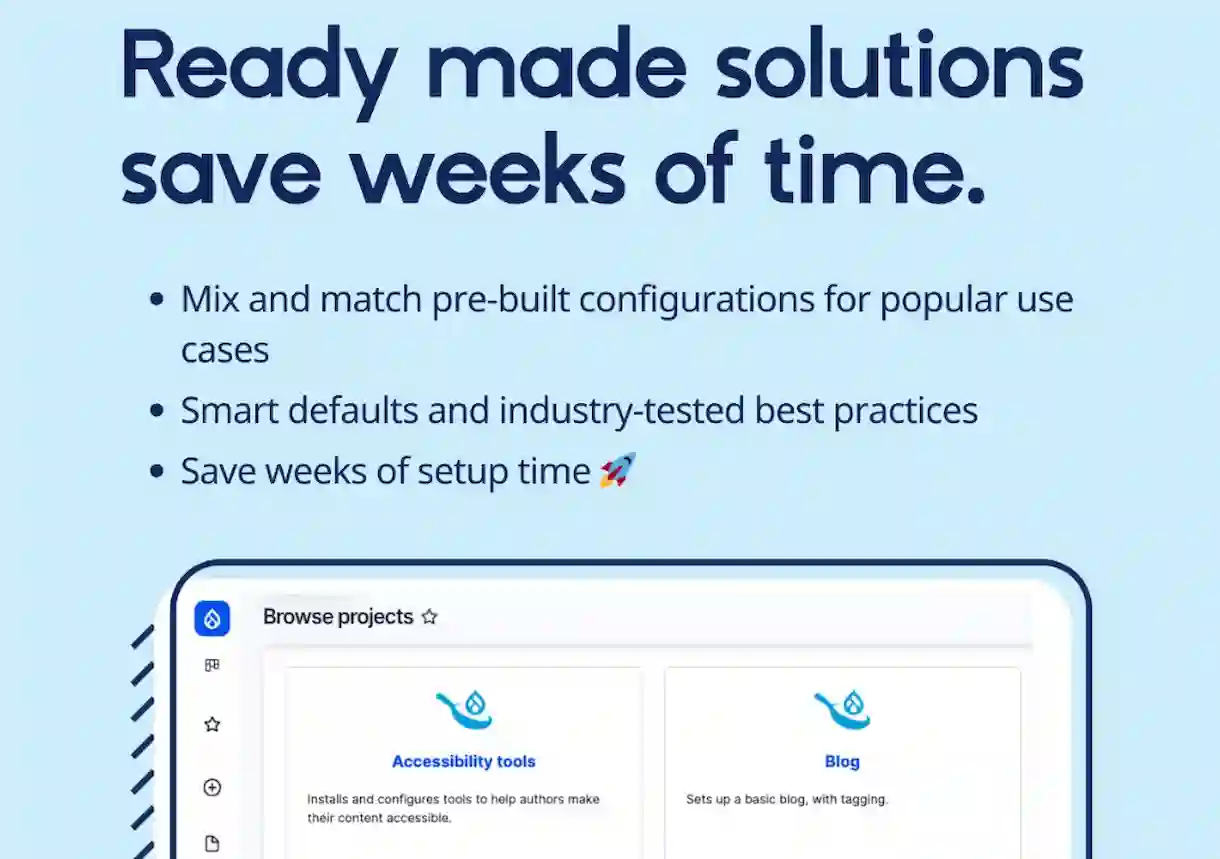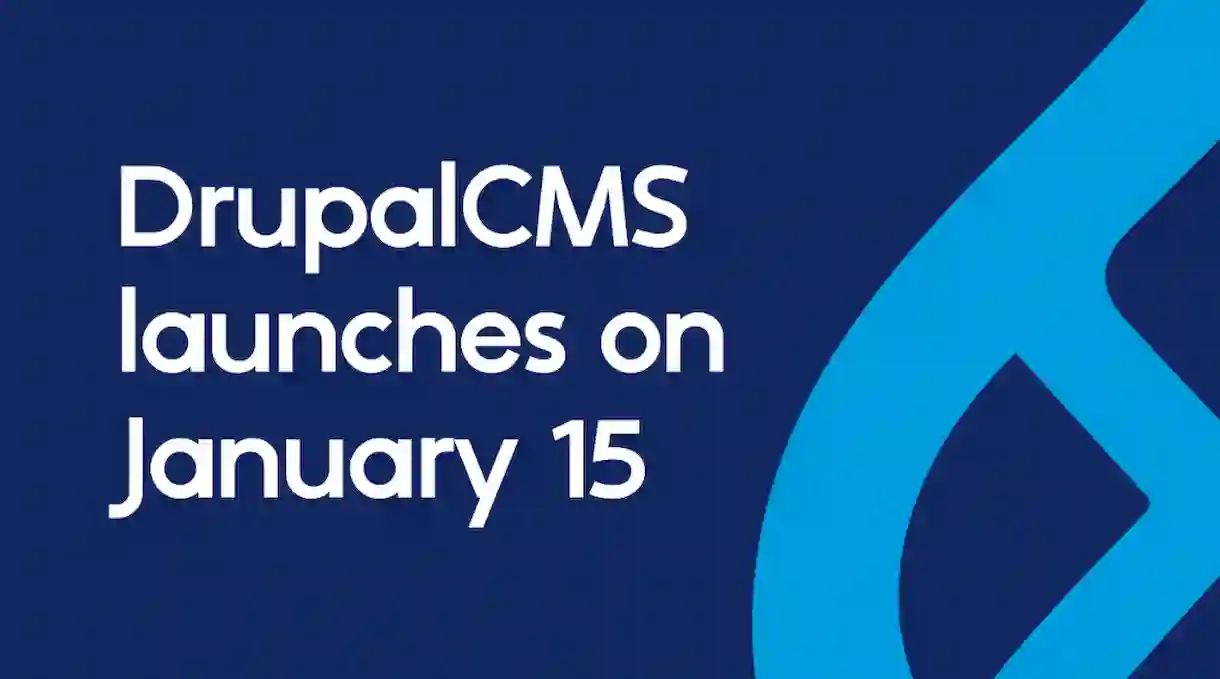The launch of the new Drupal CMS is surprising for many reasons. First, there’s been no delay relative to the initially announced release date a few months back—no small feat for the community.
It’s also surprising because, at long last, Drupal has grasped the bull by the horns after years and years of trying and decided to roll out a product aimed at non-technical people. By combining various components and technologies (Layout builder, Paragraphs, etc.), it promises to delight writers like me (I’m a journalist) and marketing professionals alike.
The Drupal community is fantastic (mostly engineers), but it hasn’t been fully aligned with this aim—despite the fact that attracting non-technical users is key to the survival of a CMS that has been in steady decline for years and is perhaps too focused on the enterprise market, where there’s significant competition.
WordPress—which is going through a rough patch—paved the way and managed to dominate the web with the very philosophy that now drives Drupal CMS (formerly Starshot).
Drupal CMS arrives in the midst of a nuclear conflict within WordPress (WPdrama), with a complete falling-out between Matt Mullenweg, co-founder and owner of Automattic, and the community over the dispute with WP Engine. It’s no wonder, then, that the timing for Drupal CMS’s release couldn’t be better, even if the product (which I’ll be testing in the coming weeks) might still be somewhat green. In fact, it currently lacks some fundamental features, such as automatic updates.
A Recipe for success?
At the heart of this new CMS, which will coexist alongside the Drupal we all know, is the concept of a “recipe.” Setting aside the technical explanation, these recipes give Drupal CMS impressive versatility. You can install all the components, modules, and everything needed based on your project’s goals—whether that’s a blog, a landing page, or something else. Essentially, it’s like choosing different configurations and functionalities to match your objectives.

Recipes are the big innovation here, and the rest of the magic that makes this CMS more accessible than ever stems from a smart combination of the already-mentioned technologies, like Paragraphs. There are also a few additional new features…
More new features
Many of them were unveiled at the latest DrupalCon. The most noteworthy is undoubtedly the integration of Artificial Intelligence (AI), aligning perfectly with the latest developments in the CMS and DXP market. It’s also quite remarkable that this launch includes some AI-assisted features for composing pages, for instance.
The advancements and features showcased in areas like data security and privacy, SEO and analytics, multimedia management, and accessibility are also highly noteworthy.
Will It be a surprising success?
After many months of anticipation, Drupal CMS arrives right on schedule. That likely means it’s somewhat unpolished and as we’ve mentioned, it lacks some features that would thrill the non-technical users it targets. Still, this is a major step forward in popularizing a long-standing CMS that’s eager to regain momentum.
Competition, to be frank, remains fierce despite the WPdrama. These days, Gutenberg—WordPress’s block editor—is an absolute delight, though its future is in question due to the conflict with WP Engine. As the saying goes, when waters are turbulent, there’s opportunity for some…
I must take this opportunity to reiterate that the name “Drupal CMS” pales in comparison to “Starshot.” We’ll see whether this CMS can succeed despite its name, because to many in its target audience, the word “Drupal” is practically taboo. Drupal is often associated with a hard-to-use platform cobbled together from bits and pieces, where many back-end features frequently don’t work in the front-end, and where things are often out of date. Let’s see if this new approach can turn the tide.


Leave a Reply